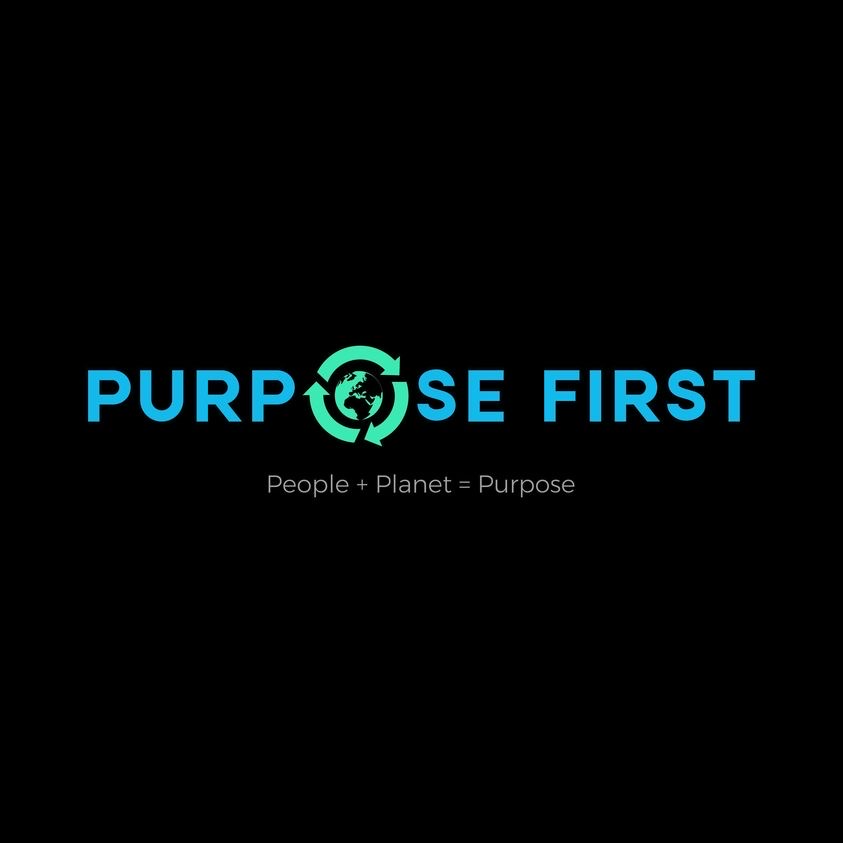
Blulite’s Mission:
Beach Cleanup & Fighting Pollution
BluLite Bonfires was born from a desire to offer San Diego the most unforgettable beach bonfire experience. Initially drawn to wood-burning fires for their traditional charm, we soon realized the associated dangers and researched their adverse effects on health and the environment. Committed to positive change, we transitioned to a clean-burning, eco-conscious approach.
Our mission expanded beyond providing exceptional experiences; it became a commitment to extract pollutants from our environment and educate the millions of annual San Diego visitors. We invested in tools to safely sift through our shoreline, removing contaminants. Recognizing the city's resource limitations, we dedicated ourselves to supporting under-budgeted departments, envisioning San Diego's beaches as national benchmarks.
Engaging with our community, joining city organizations, and attending meetings, we created a map identifying harmful areas along our shorelines. Our surveys targeted beach entrances, city fire rings, and locations flagged by the community for illegal bonfire activity. We invested time in cleaning these areas, collecting samples, and cataloging data, aiming to study and combat pollution along the shoreline.
Aligned with San Diego's Think Blue program, we share a common goal: preventing pollution and safeguarding the community and wildlife. BluLite Bonfires is eager to contribute our resources to support this initiative, fostering a cleaner and healthier environment for all.
Pollution Cleaning Trio
-
The Purpose First Beach Cleaning organization’s mission is to make a tangible impact on the plastic pollution problem in our oceans. They are dedicated to devoting our energy to helping preserve our ocean by incorporating sustainability in our community.
-
BLULITE BONFIRES focuses on beachfront hazardous micro-plastics. We collect and categorize beachfront pollution. This pollution can range from unappealing byproducts of illegal wood-burning bonfires to ash, glass, and even Microplastics. All of these harmful materials are found on visible parts of our beaches, and also buried within.
-
The Cans for books initiative focuses on community-based recycling of aluminum cans, Through these collection efforts, the funds collected are then used to buy children’s books. They are distributed throughout our local beach front boardwalks for tourists and local youth to enjoy!
Pollution FAQs
What is Air Pollution or PM2.5
Air pollution is the presence of harmful substances in the air we breathe, which can come from various sources like vehicles, factories, and natural events such as wildfires. One of the critical components of air pollution is particulate matter (PM), particularly PM2.5. These are tiny particles with a diameter of 2.5 micrometers or smaller, which can penetrate deep into the lungs and even enter the bloodstream, causing various health issues. Due to their small size, PM2.5 particles can stay airborne for long periods and travel long distances, contributing significantly to air pollution and health problems worldwide (World Health Organization (WHO)) (US EPA).
Association of PM2.5 Exposure & Alzheimer Disease
Fine particulate matter (PM2.5) exposure has been associated with Alzheimer's disease (AD) through mechanisms that involve inflammation and oxidative stress in the brain. Research indicates that PM2.5 can contribute to neuropathology by increasing amyloid-beta (Aβ) deposition and inducing neuroinflammation. The APOE gene, particularly the APOE ε4 allele, is a major genetic risk factor for AD and may modify the association between PM2.5 exposure and the disease.
Studies have shown that traffic-related PM2.5 exposure correlates with increased CERAD scores, a marker for AD, especially in individuals without the APOE ε4 allele (MedRxiv). Oxidative stress plays a significant role in AD pathogenesis by promoting amyloidogenesis and neuronal damage. PM2.5 can exacerbate this process through the generation of reactive oxygen species (ROS) and subsequent oxidative stress (Frontiers) (PLOS).
Moreover, PM2.5 can enter the brain via the nasal and blood-brain barrier routes, leading to neuroinflammation and cognitive decline. Chronic exposure to PM2.5 has been linked to structural changes in the brain, such as white matter pathology and increased risk of dementia, including AD (BioMed Central) (BioMed Central).What causes ozone pollution to form?
Ozone is not emitted directly into the air. Instead, it forms through chemical reactions between oxides of nitrogen (NOx) and volatile organic compounds (VOC). These reactions are triggered by sunlight and heat. Major sources of NOx and VOC include motor vehicles, industrial facilities, electric utilities, gasoline vapors, and chemical solvents. Because sunlight is a critical factor in ozone formation, ozone levels are typically highest during the summer months when sunlight is most intense (EPA) (Tennessee State Government - TN.gov).
How much air pollution (PM2.5) is actually emitted from a traditional wood burning bonfire?
PM2.5, or particulate matter with a diameter of less than 2.5 micrometers, is a significant pollutant due to its ability to penetrate deep into the lungs and even enter the bloodstream. A heavy-duty diesel truck driving 564 miles can emit approximately 250.8 micrograms per cubic meter of PM2.5 (Springer) (BioMed Central). In contrast, a single evening's use of a fire pit can emit a similar or even higher amount of PM2.5. This comparison highlights the significant impact of seemingly minor activities, such as using a fire pit, on air quality.
How harmful is the smoke from a wood burning fire to our health?
The South Coast Air Quality Management District (SCAQMD) in California has reported that the particulate emissions rate per minute from one beach fire ring is equivalent to the secondhand smoke from 800 cigarettes. This finding is part of their broader efforts to manage air quality in the region, which includes Orange County and urban parts of Los Angeles, Riverside, and San Bernardino counties. For further details and to access the original reports and data, you can visit the SCAQMD website and their specific reports on air quality and emissions control (AQMD) (AQMD).



